My Latest Gadget, The DJI Neo
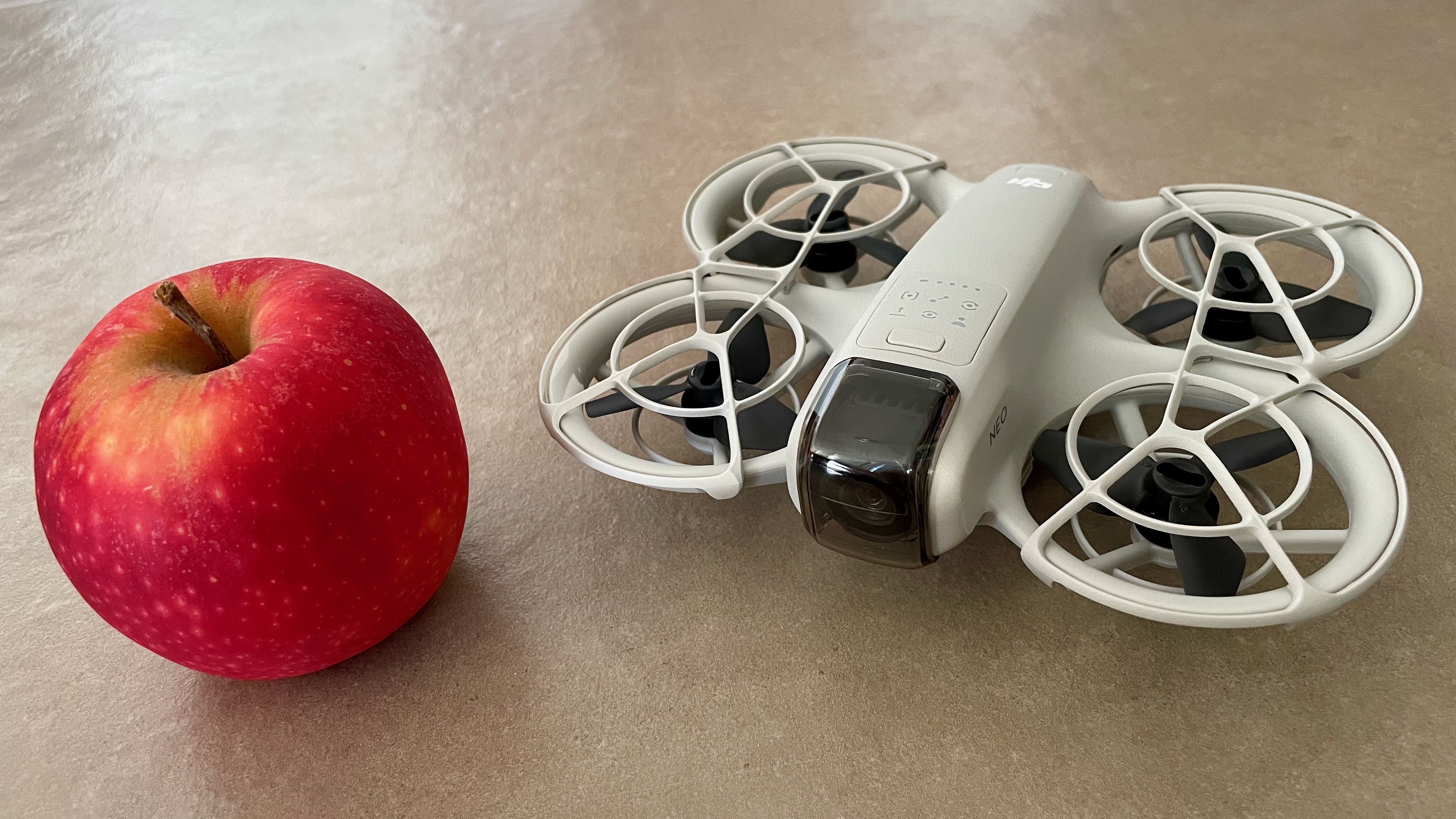
Seven years ago, I bought a Yuneec Breeze 4K drone for cycling photography. It allowed me to snap some awesome shots only a flying camera can take. It was an unreliable flying object, though. After half a year, it self-destructed. I've been following the development of consumer drones as attentively as the bike market ever since. DJI brought the Spark and the Mavic Minis. US-based Skydio was the first company to release a drone with subject follow mode and obstacle avoidance with the R1 in 2018. They were never available to consumers in Europe. Last year, Zero Zero Robotics brought the HoverAir X1 pocket-sized self-flying drone. They improved this concept this year with the HoverAir X1 Pro/ProMax. While the 8K video-capable ProMax is a drone I could see myself owning one day, I'm getting back into drone photography on a much smaller budget with the DJI Neo.
The Neo is DJI's lightest and most compact drone to date. It weighs a measly 135 grams. You can buy the drone alone with a single battery for 199 € or as a Fly More Combo for 349 € that includes a remote controller, three batteries, and a two-way charging hub. The Neo takes off and lands on your palm. You can select six intelligent shooting modes, or QuickShots, with a mode button on the drone or DJI’s Fly app on your phone. The Neo can also be paired with all existing DJI remote controllers and goggles.
It’s an awesome little tool for vloggers and videographers, which I’m not. When I bought my first action camera, I created about a dozen videos I uploaded to YouTube. One of those received in the neighborhood of 20’000 views. I quickly realized that good videos take an awful lot of time to produce, both while outside capturing interesting footage and back inside stitching it all together with video editing software. I couldn’t give video editing a couple of hours of my day. Since then, I’ve been using my action cameras to capture short videos of me riding so that I can export photo snapshots out of those short clips at home. I used the Yuneec Breeze the same way and will use the Neo for the same purpose.
For Saturday’s MTB ride, I brought the Neo along. Before I pulled the trigger on one, I watched a bunch of YouTube videos about the DJI Neo. I already had a good idea of what this tiny little drone can and cannot do. It is impressive for a drone that has no obstacle avoidance. The Neo followed me across pastures and through the woods. You have to know the Neo’s limitations and think about the drone when picking your lines. Don’t ride too fast, or the drone can’t keep up. Slow down in the woods so that the Neo can exactly follow your path without taking shortcuts. On Saturday, the Neo never lost me and never hit anything. Truly amazing!
This little drone will sell like hotcakes and replace people’s selfie sticks to be everyone’s selfie drone. On Saturday’s ride, I passed several hikers with the Neo in tow. The response was amazement and curiosity. Such reactions are going to change, though. Once every rider zooms by with a selfie drone a few meters behind, and every hiker TikToks his or her adventure with a flying camera, people will get annoyed. Such drones will become a real nuisance once tourists use them like they use selfie sticks now. I won’t be surprised to see more “no drone” signs popping up at tourist hotspots. There’s a good chance the Neo is going to replace the selfie stick.
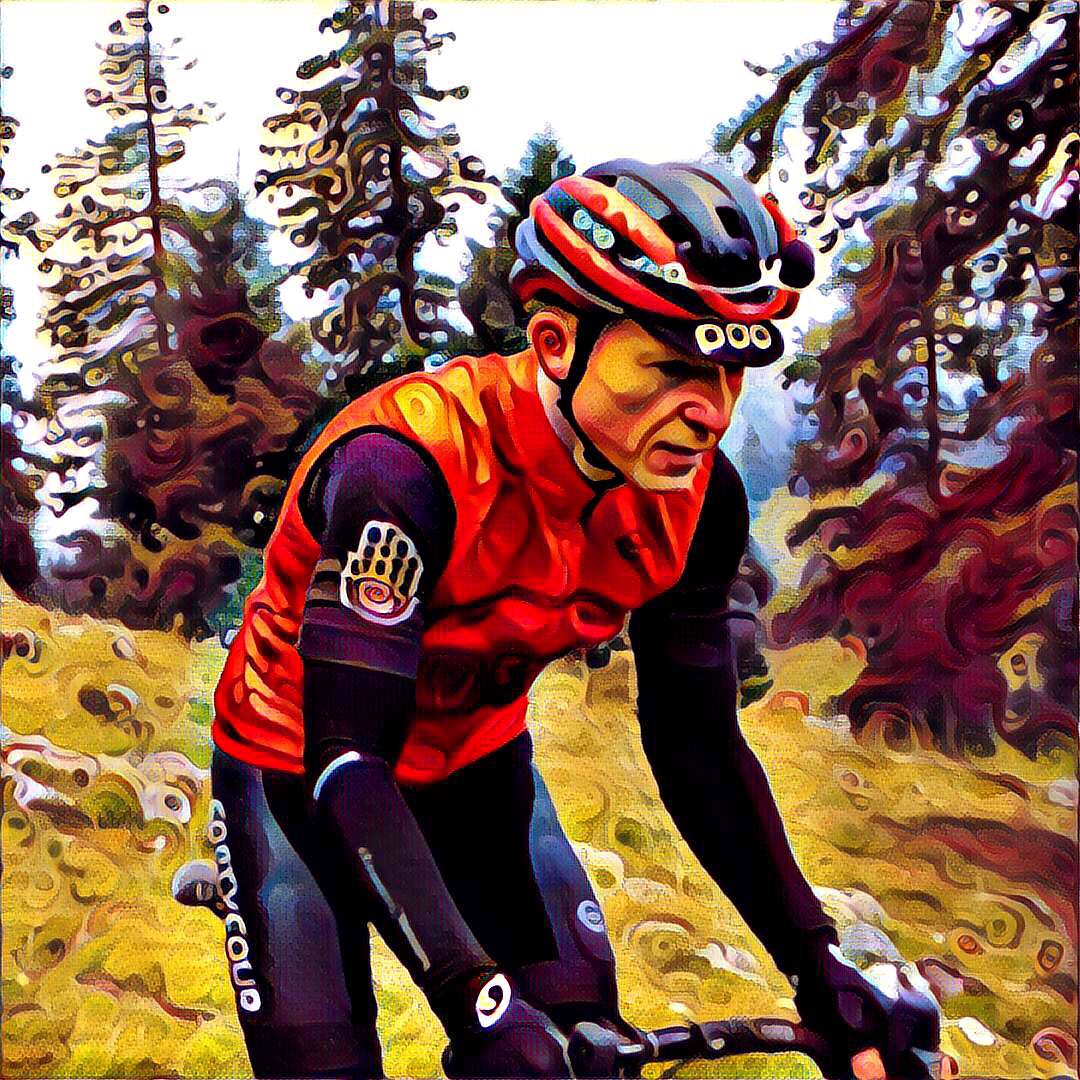

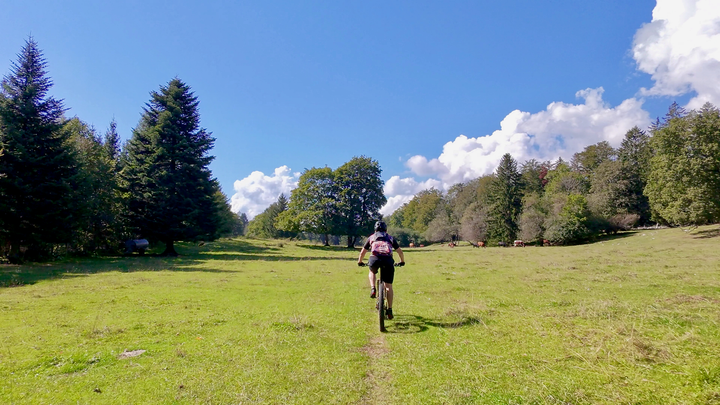
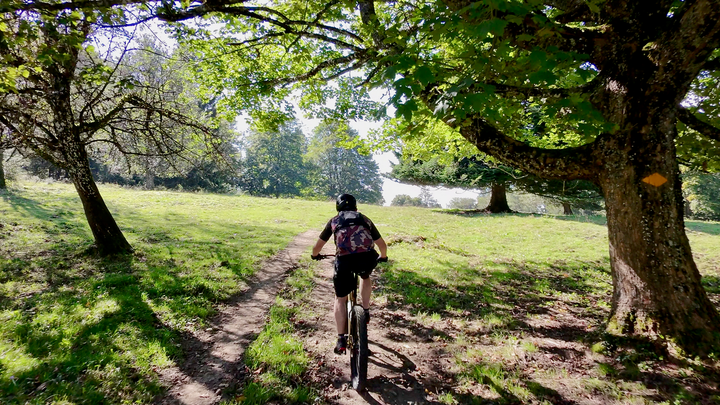
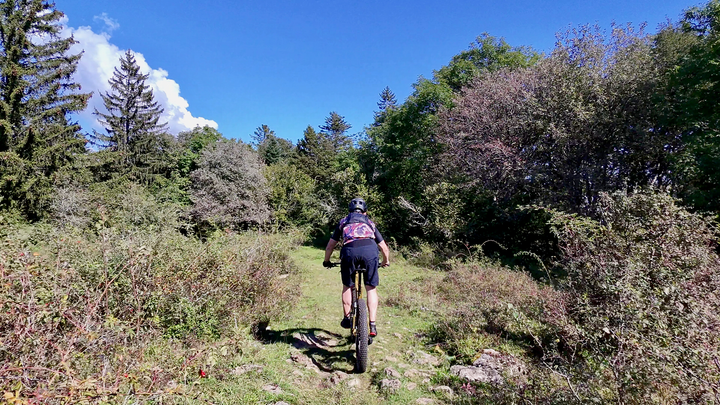
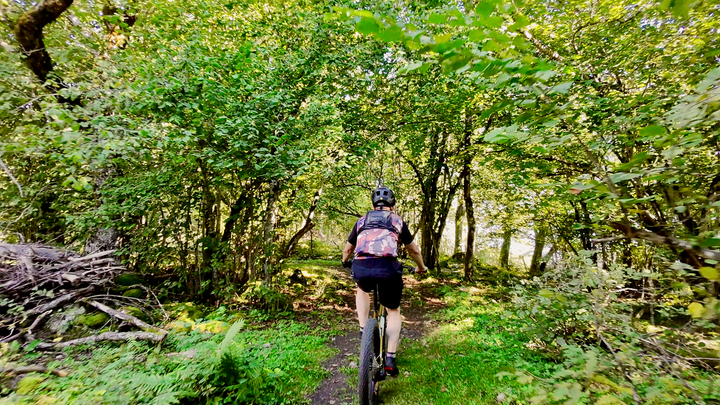
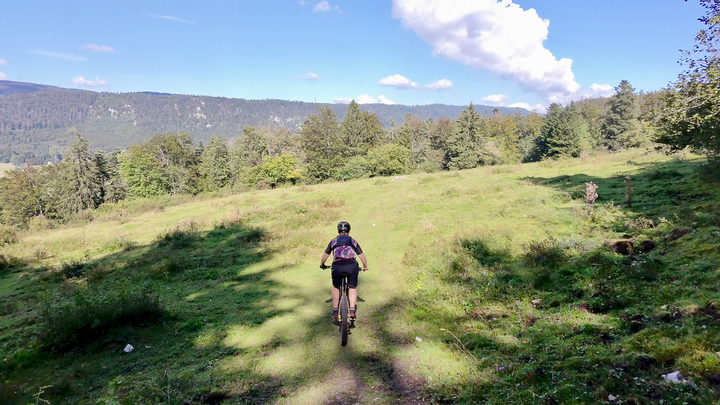

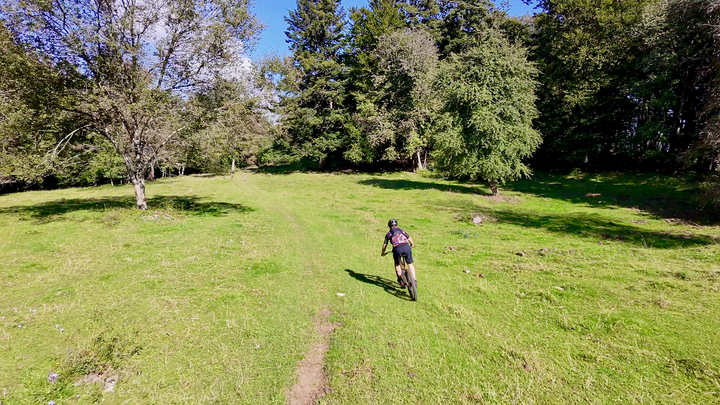
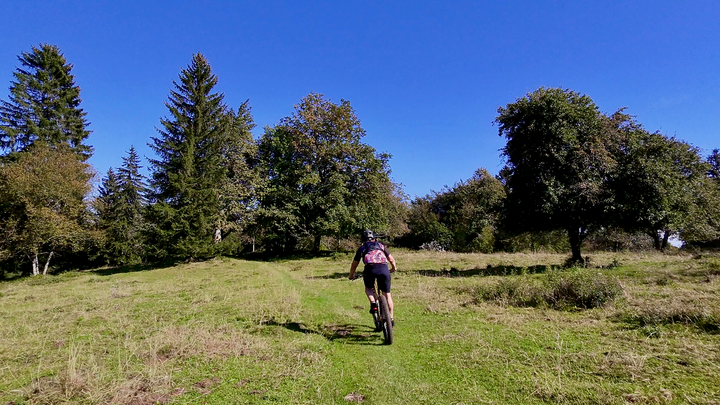
Comments